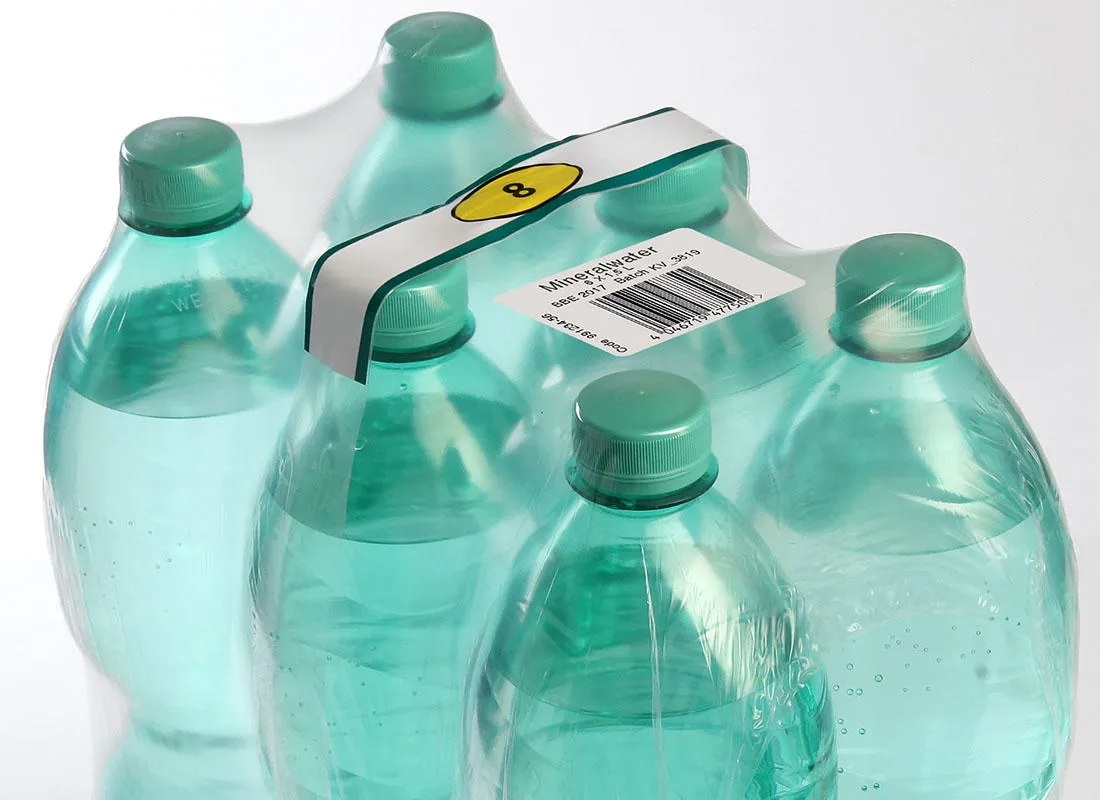There’s a huge amount of print and apply labelling technology out there. How do you know which is best for your business? What makes one model more suited to your production line than another?
Moving from one product description to the next, weighing up complex product features, is enough to furrow the brow. But with multiple products on the market, the best way to start your search for new print and apply technology is to look inwards at your business. When you know what you need, it’s easier to get what you need.
Here are a few things to consider.
1. Flexibility......
What material or substrate are you applying a label to? Where on the item does the label need to be placed? Do you need one label to be applied or two? Will the substrate change or remain consistent?
There are a number of different printing methods – thermal transfer (with ribbon), direct thermal (thermally sensitive label material and no ribbon) – as well as different application methods: tamp, blow, wipe and more.
2. Integration
The product that you purchase has to integrate with the existing hardware on your production line. It needs to work seamlessly with upstream and downstream equipment with zero disruption to the rest of your operations. There can be no half-measures.
3. Size
It seems obvious, but sometimes the obvious gets overlooked. Will the print and apply product you are considering actually fit on your production line? Unlike the machines of a decade ago, some of today’s print and apply models are extremely compact, capable of operating in environments where space is limited. Explore the domino M-Series labelling range..

4. Coding
Do you need to apply unique codes to the items you are labelling? We have created print and apply technology that integrates with coding automation platforms. It allows you to combine generic label templates with variable data feeds in real-time. Print the label, add the code, apply the label – all in one fluid process.
Coding Automation products can allow the complete production line to switch to the next product/batch in a single operation meaning reduced risks of the primary, secondary or tertiary coding being out of sync.
5. Speed
Speed is contingent on label size and the amount of variable data and
applicator type. Your production line is only as fast as its slowest component.
And as long as profit margin is tied to output, speed will be crucial in any
manufacturing, packaging or labelling business. But these demands must be
balanced against the need for print clarity on your labels. Unless you buy
appropriate technology that offers both speed and high resolution.
6. Reliability
Downtime costs money. In the past, print and apply systems have had their fair share of nuisances: wonky labels, missed cases, label jams and broken ribbons. Today’s systems are far more reliable. But if uptime is crucial, look for models that:
- are robustly constructed
- have an IP rating that fits your production environment
- allow easy access to the printhead for cleaning
- make it easy to change consumables
7. Compliance
Does your print and apply product allow you to produce labels that hit the minimum requirements for your industry? If not, your purchase could be a mistake that’s at best annoying and at worst very costly.